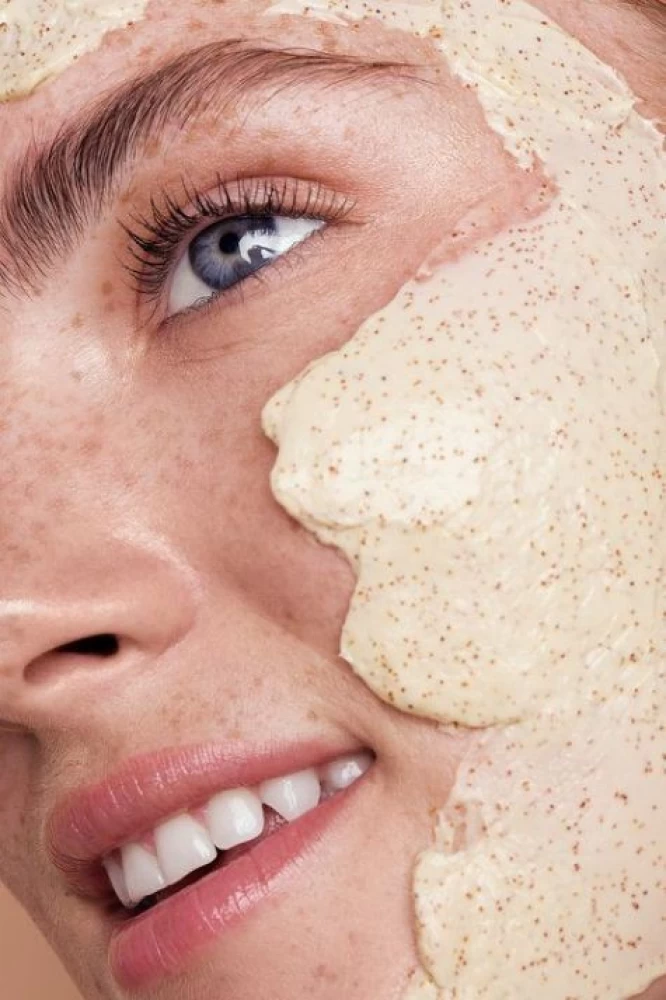
How to Use Tretinoin Cream With Moisturizer
How to Use Tretinoin Cream With Moisturizer
Tretinoin cream offers impressive anti-aging and acne-fighting benefits. This vitamin A derivative promotes rapid cell turnover and collagen production. It exfoliates the skin deeply, clearing pores and reducing fine lines. However, tretinoin also causes dryness, peeling, and irritation as a side effect. Incorporating a quality moisturizer helps offset tretinoin’s drying effects. How to use tretinoin cream with moisturizer?With proper moisturizing, users maximize anti-aging results while minimizing irritation.
Start With a Light Moisturizer
When first beginning tretinoin cream, choose a lightweight, gentle moisturizer. Heavy creams may feel uncomfortably greasy or occlusive after applying tretinoin. They also hold more potential to clog newly unblocked pores. Look for oil-free water-based gel or lotion formulas labeled “non-comedogenic.”
Apply Moisturizer First
For best results, most dermatologists recommend moisturizing before applying tretinoin cream. Allow the moisturizer to fully absorb into the skin first. Applying tretinoin to a hydrated base helps it spread more evenly. It also creates a slight buffer against tretinoin’s concentrated strength initially.
Start Slowly With Tretinoin
During the adjustment phase, tretinoin requires care not to over-dry the skin. Introduce it slowly by using a pea-sized amount once or twice weekly. Mix a bit of moisturizer into the tretinoin cream if it stings upon application. Pay close attention to any irritation, dryness or peeling that emerges.
Lock In With Moisturizer Over Tretinoin
Seal in both products by layering another coat of moisturizer over the tretinoin once absorbed. This “sandwich” method maximizes hydration and minimizes dryness. Use a richer, emollient cream for this second moisturizer application. The moisturizing barrier helps tretinoin work optimally without causing excessive irritation.
Avoid Potentially Irritating Ingredients
During tretinoin treatment, choose simple moisturizers free of harsh actives or fragrance. Avoid ingredients like retinol, alpha hydroxy acids, benzoyl peroxide or high concentrations of vitamin C. These can increase irritation and dryness when paired with tretinoin. Basic gentle formulas containing ceramides, hyaluronic acid or squalane tend to be best tolerated.
Boost Hydration With Serums
For those with extremely dry skin, consider incorporating a hydrating serum into the routine. Water-binding humectant serums like hyaluronic acid or glycerin prevent moisture evaporation. Apply the serum after cleansing, then layer moisturizer and tretinoin cream over top. The serum infuses hydration deeper as a moisturizing primer.
Add Healing Ceramides or Oils
Ceramides and facial oils promote healthy skin barrier function and lock in moisture. They counter tretinoin’s tendency to disrupt the moisture barrier temporarily. Look for ceramide capsules or pure plant oils to mix with moisturizer. Options like rosehip seed oil, marula oil, or squalane act as emollients to soothe parched skin.
Introduce an Occlusive Night Mask
On nights of peak dryness or flaking, an intensely hydrating overnight mask offers relief. Slather on a thick, rich moisturizing mask or balm after applying tretinoin cream. The occlusive layer creates a moisture-sealing barrier preventing evaporative water loss as you sleep.

Pay Attention to Seasonal Moisture Needs
Tretinoin-treated skin requires different moisturizing levels at various times of year. In dry winter months, emphasize ultra-replenishing cream moisturizers with oils and ceramides. During summer humidity, lighter water-based gel formulas may feel more comfortable under tretinoin cream.
Exfoliate Before Applying Tretinoin
On days of noticeable flaking or dullness, gently exfoliate before applying tretinoin. Use a soft washcloth or mild scrub to slough off dead surface cells. This allows the tretinoin to penetrate more effectively while fresh moisturizer hydrates newly exposed skin.
Reinforce With Facial Masking Weekly
Weekly hydrating face masks help fortify the moisture barrier for tretinoin use. Creamy or gel-based masks containing ingredients like hyaluronic acid, glycerin, and ceramides replenish lost hydration. Always apply masks before utilizing tretinoin, not after. The mask preps skin to withstand tretinoin better.
By prioritizing moisturization, tretinoin users realize smoother, brighter complexions with less irritation. Finding the right hydrator supports and amplifies tretinoin’s impressive benefits. With appropriate moisturizing, complexions transform radiantly without excessive redness, peeling or discomfort. Proper moisture management unlocks tretinoin’s maximum potential.

